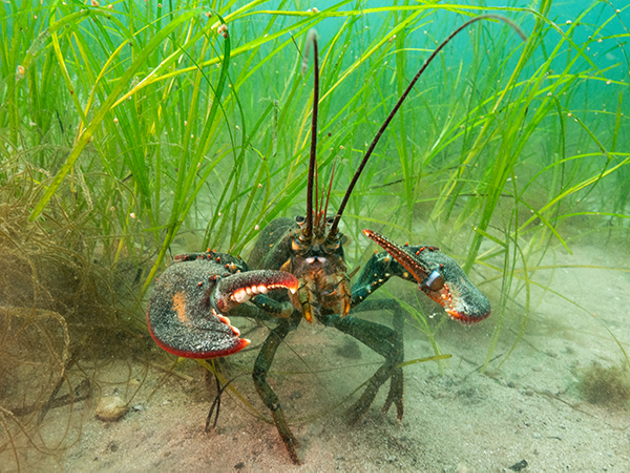The carbon converter found by Owls Head protects against storms and gives fish and lobster a safe place to grow up
Mira Dietz Chiasson
The Coast
February 27, 2020
Read Full Article>
Dive below the waves somewhere along Nova Scotia’s coastline and you might encounter a thriving ecosystem that is vitally important to our fisheries, our ways of life and our climate: An underwater eelgrass meadow.
See the play of sunlight in the meadow’s swaying underwater forest, fish darting between the blades of grass and discover other creatures feeding and clinging to the vegetation. Eelgrass may resemble a seaweed, but it’s actually a plant, complete with flowers and roots, that spends its life under the waves.
(more…) 

